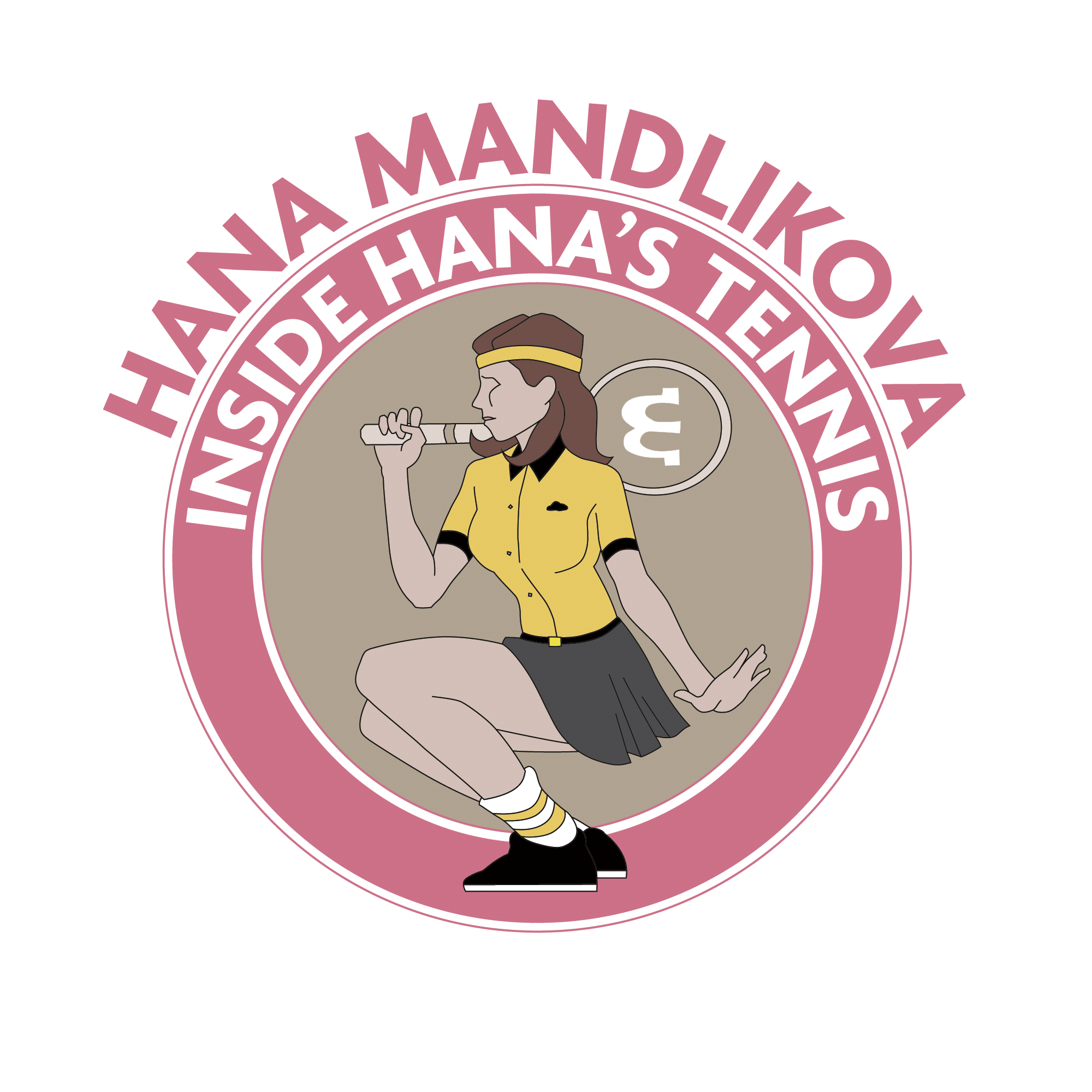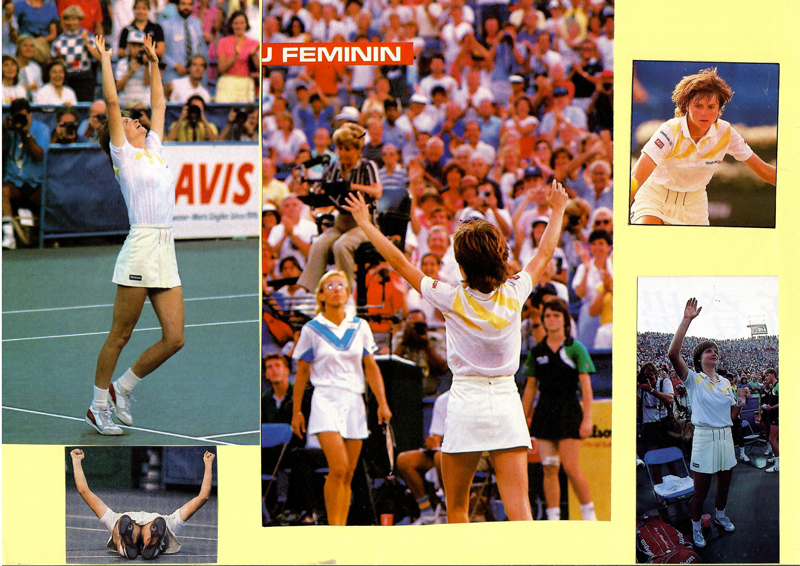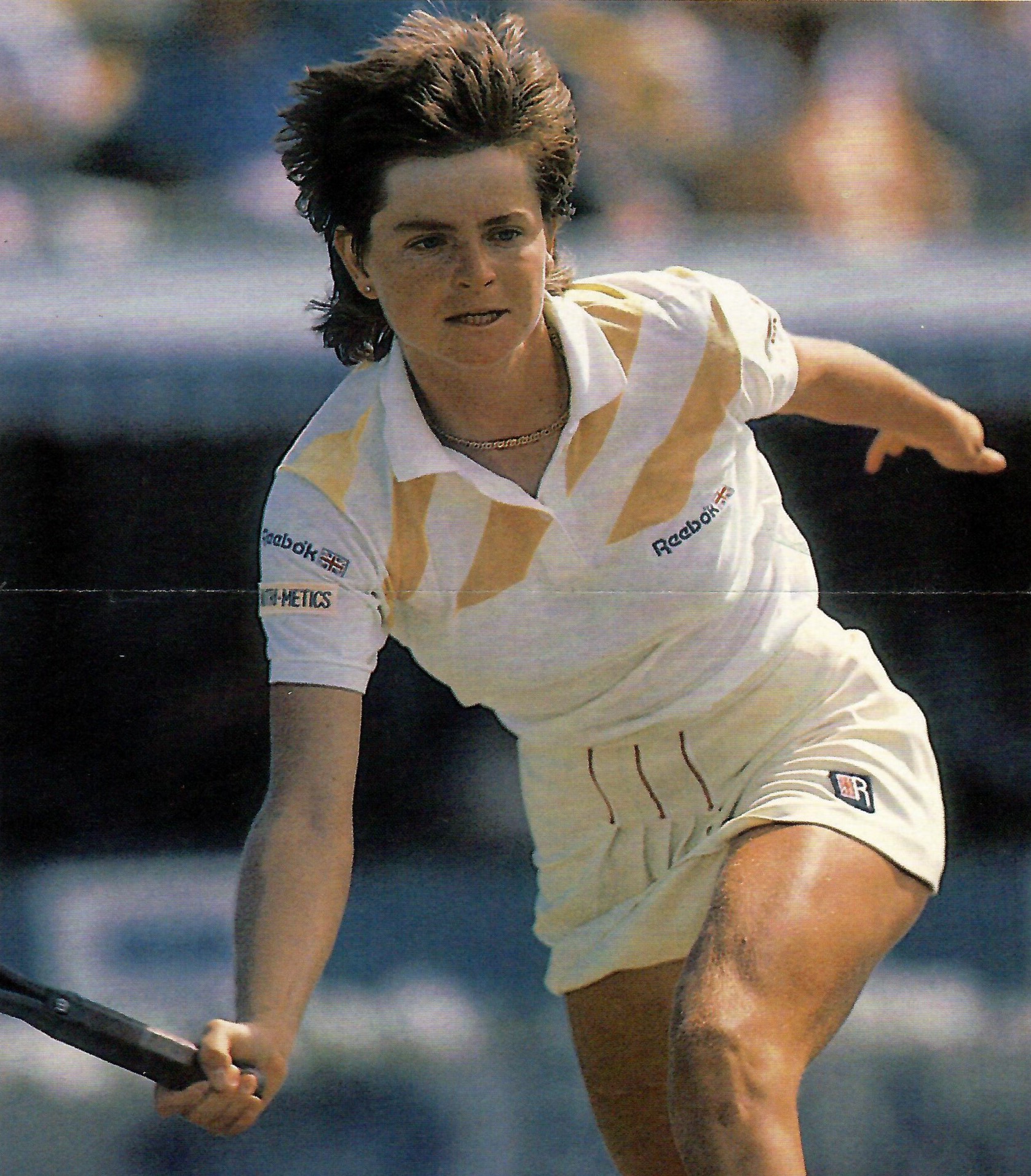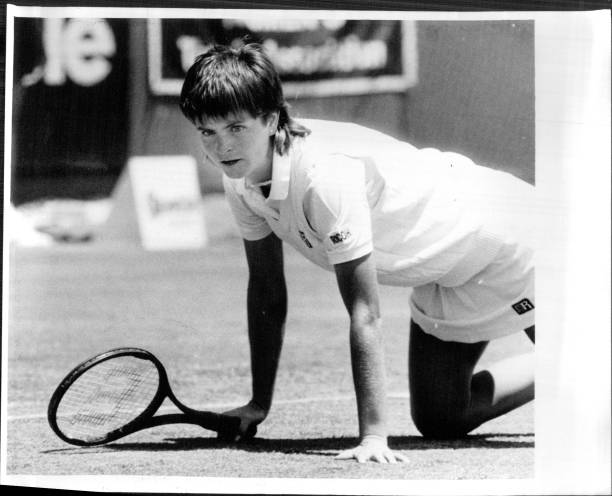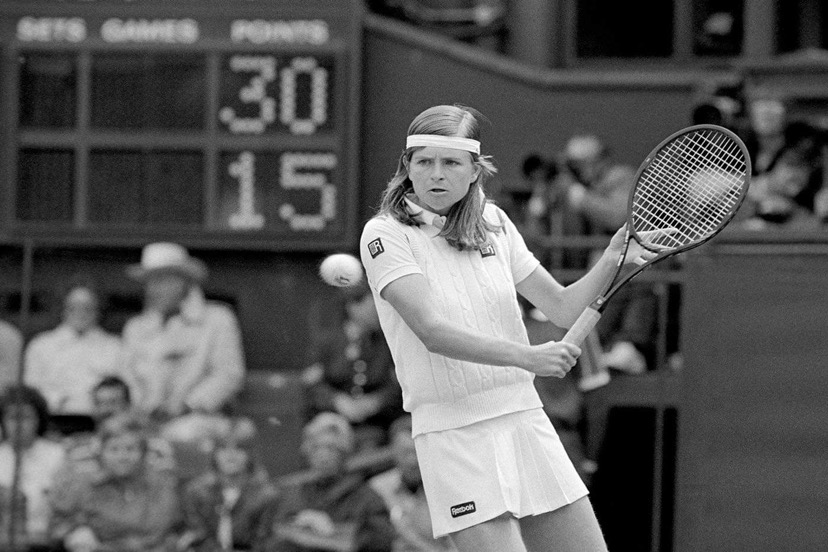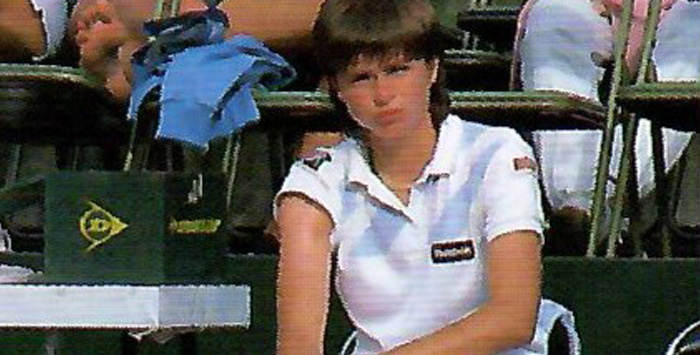For Hana, US Open 1985 Summer of Transformation was all about reinvention! After all, Madonna went on to do her “Re-invention Tour” a few years later, and long before that, Mandlikova had her “Re-invention Summer.” A new look, peak physical condition, and a strengthened mindset.
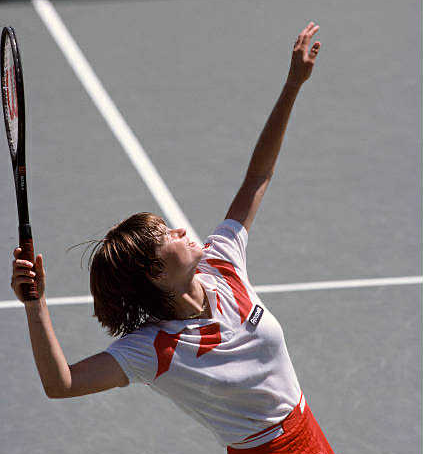
“That summer was also set to the voice of Tina Turner (sorry Madonna!…) — We Don’t Need Another Hero became the soundtrack of Hana’s pivotal season.”
*
A Cut That Said It All
When Hana Mandlikova stepped onto the hardcourts of Manhattan Beach (Virginia Slims of Los Angeles) in the summer of 1985, something had changed — visibly. Gone was her longer hair — and with it, her trademark headband. The short, assertive bob was a statement: sharp, clean, and defiant. For years, her long hair tied back with a headband had been a visual signature. Now, that signature was gone — and so was the old uncertainty.
The soundtrack to this transformation? Tina Turner’s “We Don’t Need Another Hero”, heard from a locker room radio just before the US Open final — a song that stuck in her mind as she stepped onto the court.
This wasn’t just an aesthetic refresh. This was the start of a long, hot, and decisive summer.
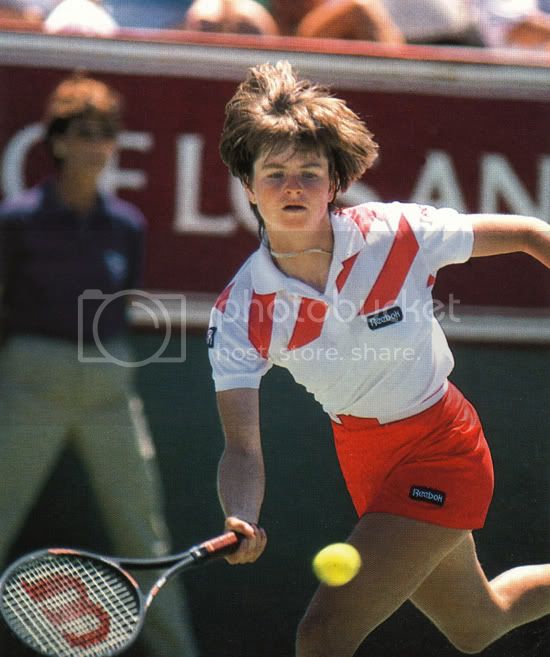

Wimbledon – Crisis Point
Her 1985 Wimbledon ended in deception — a third-round loss to Australia’s Elizabeth Smylie.
“I don’t know what’s wrong with me,”
she admitted afterwards, a rare crack in her usual stoicism.
“A disappointing result for someone ranked so high,” noted one commentator.
Her footwork looked flat, her energy absent, her shots lifeless. It wasn’t just defeat — it was depletion.
Hana could have considered this bitter defeat as one disappointment too many. Instead, she will turn this disappointment into a sign of a new beginning.
The Break – A Summer Reset
After Wimbledon, Mandlikova took time away from competition — but not from discipline. In fact, her physical transformation had started much earlier, back in May, when she retreated to the Netherlands to train under a brutal regime.
“I started to train with Joop on 3 May. […] I was sore as I had never worked so hard in my life.”
On one run, her legs buckled at kilometer fifteen.
“I began to cry and told him I really could not go on.”
His answer was cold and clear: “That’s too bad. […] Still, it’s up to you.”
And she kept going.
“I completed the two-week course with him, in readiness for the summer ahead.”
That training had not yet borne fruit at Wimbledon or Roland Garros. But after a brief family holiday, she flew to the U.S. on July 26. The US Open was still five weeks away — and now, the transformation would begin to show.
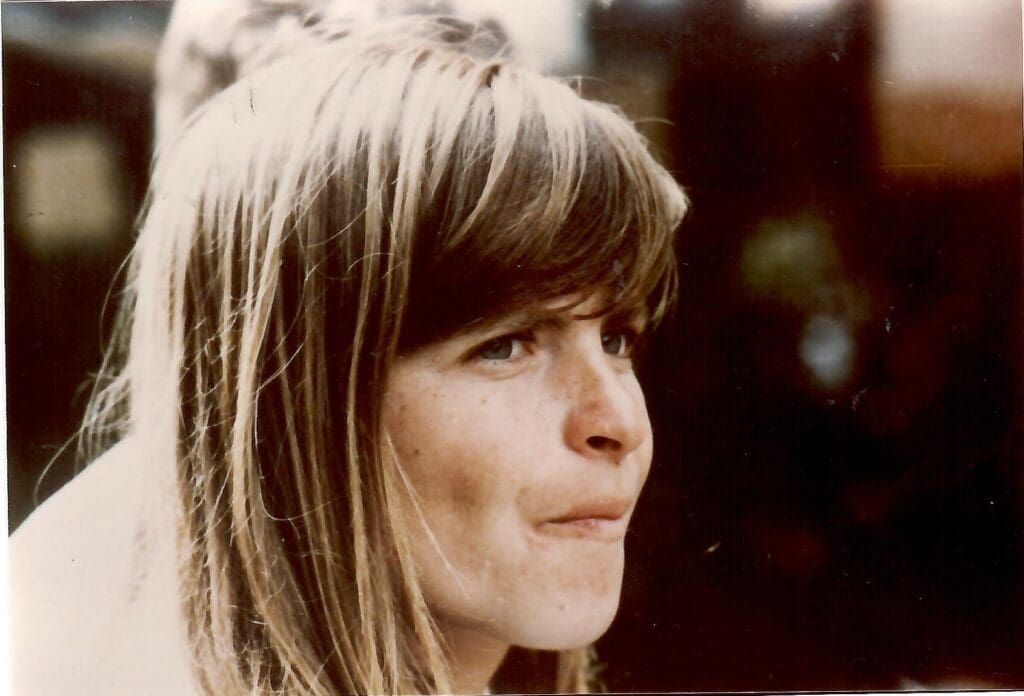

Los Angeles – A Loss with Meaning
(The US Open 1985 Summer)
Her first test was the Virginia Slims of Los Angeles. It began well. Then it collapsed.
Leading Claudia Kohde-Kilsch 5–2 in the first set and 5–1 in the second, she somehow lost both.
“If I hit one or two balls differently, I win, 6–2, 6–1.”
But the confidence didn’t crumble completely. In her autobiography, she reframed the loss:
“How do I explain that? With great difficulty! […] It was not the Los Angeles tournament that I had fixed in my sights. I was after nothing less than the US Open Championship.”
The press saw old patterns — inconsistency, mental lapses. But Mandlikova saw something else: progress under pressure.
Toronto & St. Louis – Signs of Readiness
(The US Open 1985 Summer)
In Toronto, she beat Gabriela Sabatini and then pushed Chris Evert to three tight sets.
“I felt I was getting close to peaking, with everything beginning to fall into place.”
Then came St. Louis. Just an exhibition? Perhaps — but it offered another test against Chris Evert. Mandlikova led 5–2 in the first set, but ultimately lost 7–6, 6–4.
“As it was an exhibition event, without computer points, I could play with abandon and experiment with my tactical strategy.”
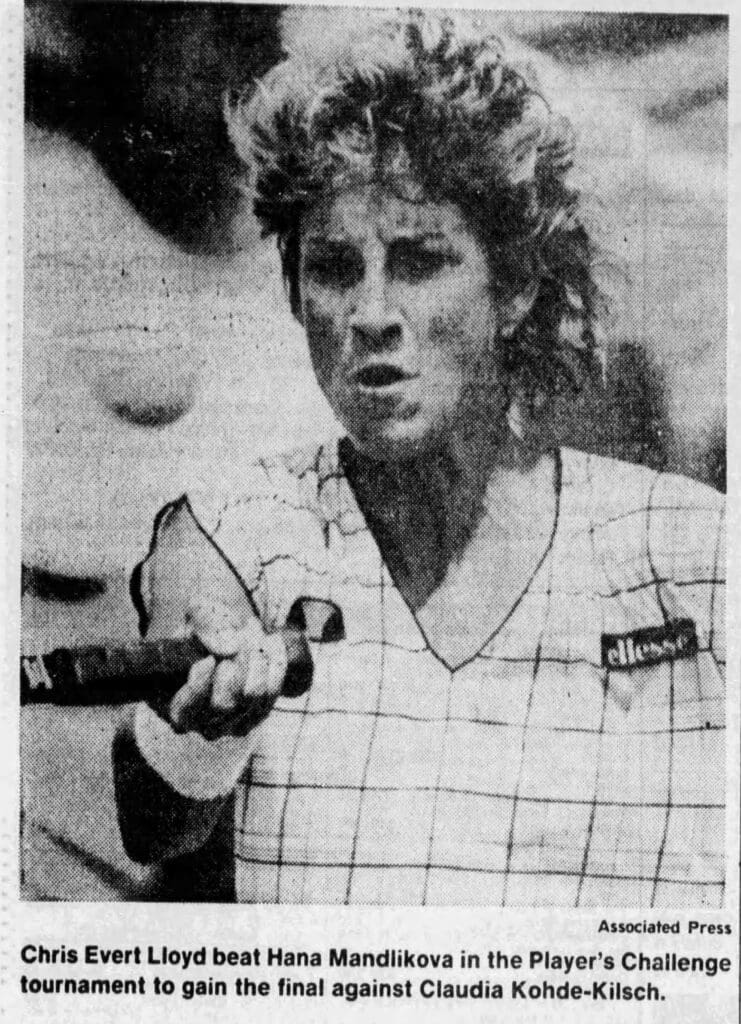
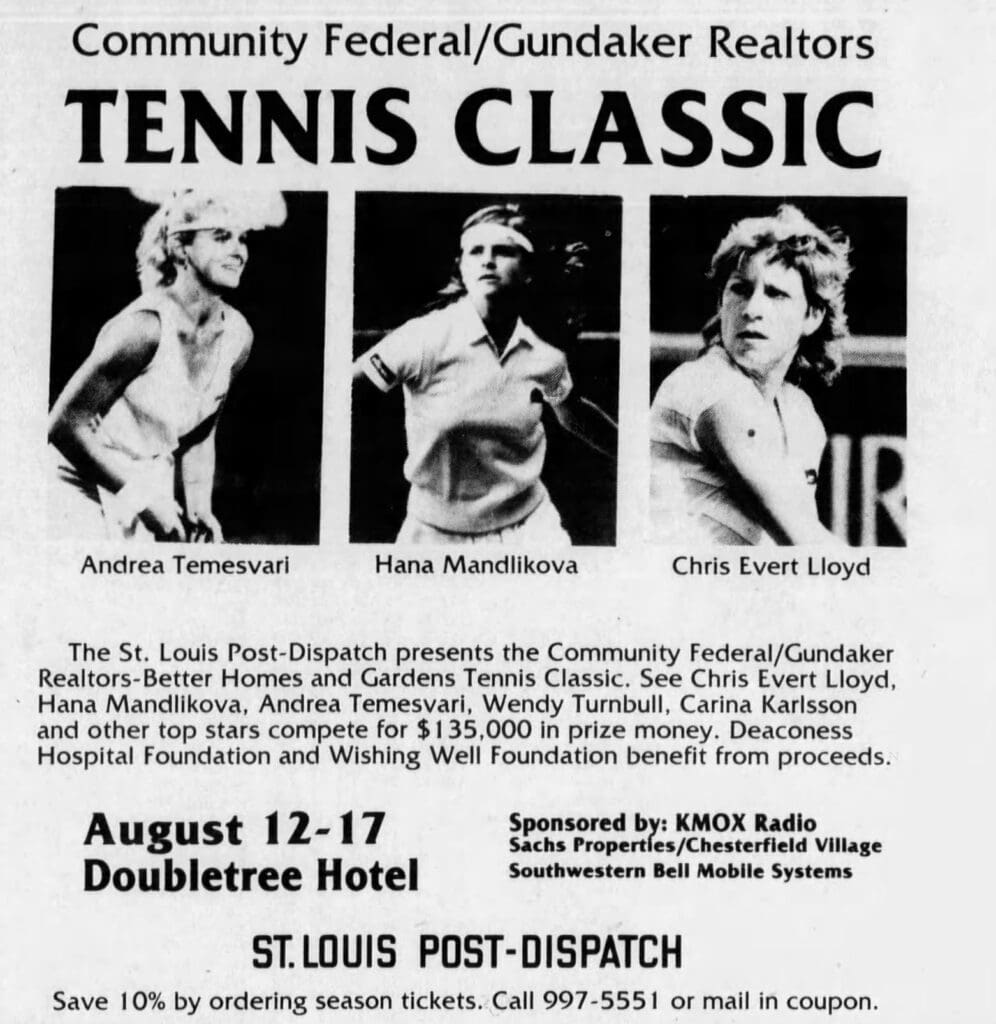
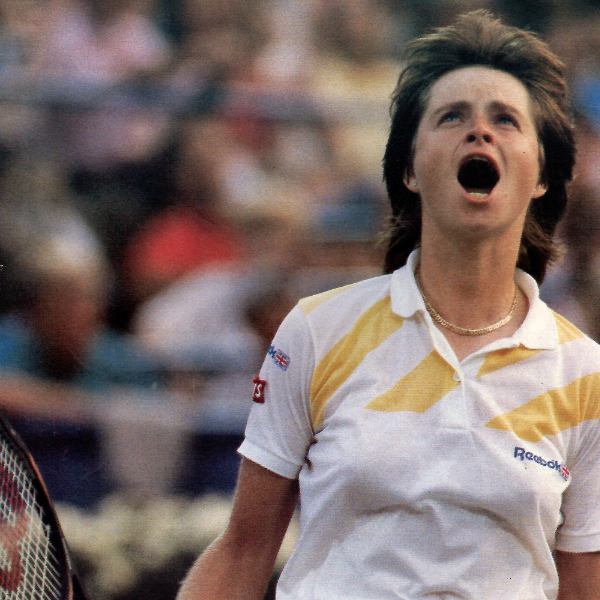
Final Preparations in Boca Raton (The US Open 1985 Summer)
Mandlikova‘s last stop before New York was Boca Raton, where she trained three hours a day in sweltering humidity.
“It is not unusual for me to eat two dinners.”
Her sparring partner was ATP player Richard Lewis — whom she beat 6–1, 6–1, 6–2.
“Everything was falling neatly into place.”
And then came a letter from her coach and longtime mentor, Betty Stöve, that brought an unexpected emotional reset:
“She did much to restore my self-belief.”
US Open – The Reward
The results spoke for themselves.
Semifinal vs Evert: After these two close defeats earlier in the summer, Mandlikova finally turned the tables on Evert when it mattered most. Losing the first set 4-6, she regrouped and struck back with aggressive play to dominate the second 6-2. The third set hinged on a marathon game at 2-3 on Evert’s serve: after multiple deuces and missed chances, Hana ripped a backhand winner to break for 4-2. From there she held firm, sealing a 6-3 victory and booking her place in the final.
“I lost the first set, but I didn’t panic. I just told myself to stay aggressive.”
Evert: “She played the big points better. I didn’t feel she gave me many chances.”
Final vs Navratilova: 1985 US Open Final – Hana Mandlikova d. Martina Navratilova 7-6, 1-6, 7-6
Hana started brilliantly, breaking twice to lead 5–0 before Navratilova mounted a fierce comeback, forcing a tiebreak that Hana secured 7–3. The defending champion then imposed herself in the second set, attacking relentlessly to level 6–1. In the decider, Mandlikova broke at 4–3 but was pegged back, and the set went to a dramatic tiebreak. Hana stormed ahead 6–0 and sealed victory 7–2 with a crisp backhand volley, collapsing to her knees in celebration.
As she entered Louis Armstrong Stadium for the final, she heard Tina Turner’s ‘We Don’t Need Another Hero’ coming from a radio in the locker room, played by one of the stadium staff.
It all led to New York.
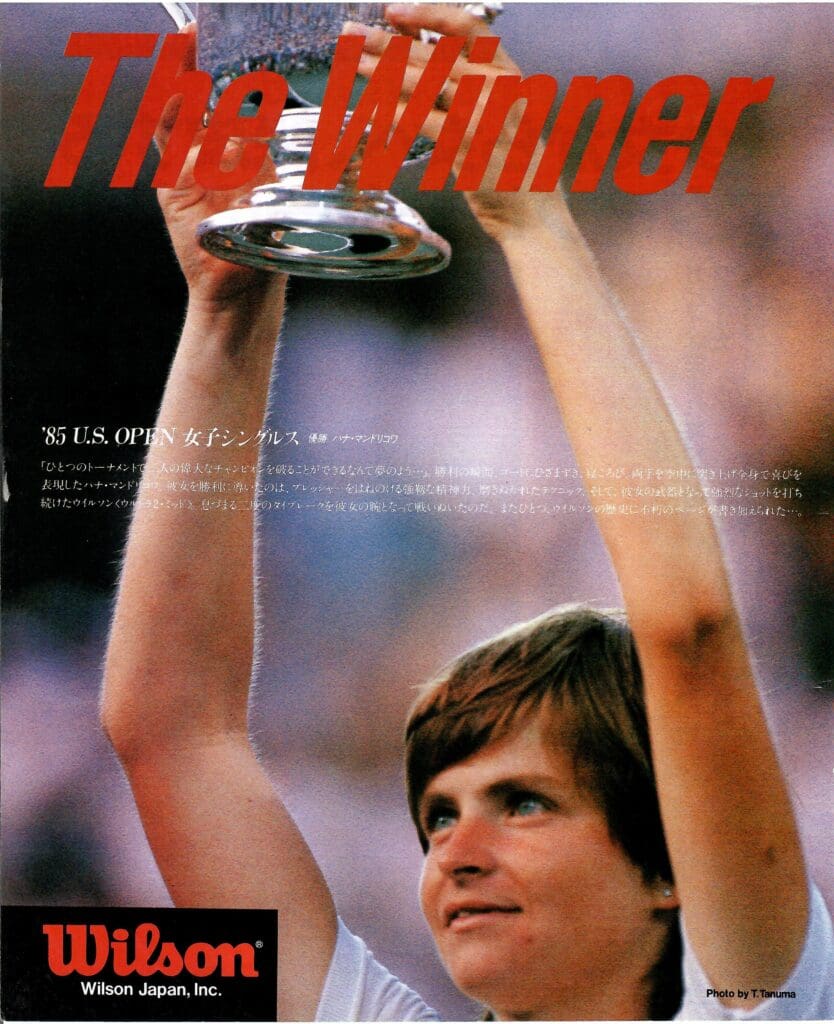
Mandlikova didn’t change who she was — she became the player she had always been.
